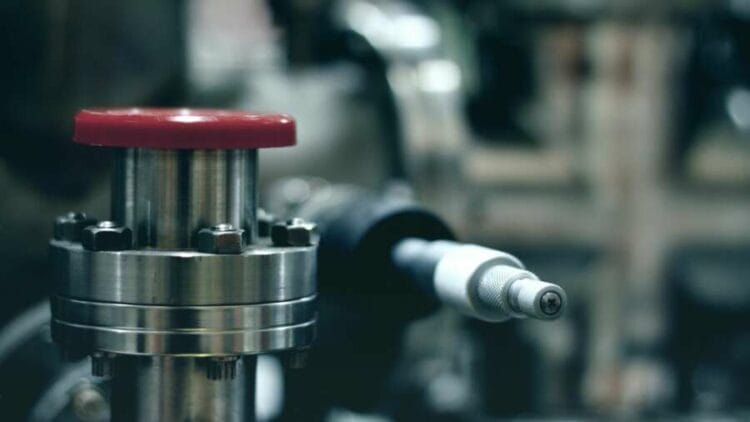
What is an isotope? Examine the atomic symbol of the radioactive isotope and then describe it as a “mass” that is missing one or more neutrons. A few examples of isotopes are listed below:
EXAMPLE 2. – Carbon atoms have 9 neutrons in them. The carbon isotopes have to have atomic masses of 14, 15 and 16. (As atomic mass equals mass neutrons + mass protons)
EXAMPLE 3. Fission Products: C isotopes occur when there is a nuclear chain reaction between two different types of nuclei (such as a proton and a neutron). If one of the nuclei has less than nine neutrons, there will be a chain reaction with only one nucleus. These isotopes will not add to the other type of nucleus.
When scientists look at what is an isotope, they are looking at the relationship between one kind of nucleus and another kind of nucleus. One kind of isotopes (such as Carbon-14) is made by the breaking of the nucleus of Carbon-12 or C-13. The other kind of isotopes (like Carbon-12 or C-13) is created by breaking down of a nucleus made of twelve neutrons or more.
What is an isotope of Carbon-14? It is found naturally in the atmosphere in the form of carbon dioxide (found in the atmosphere of many continents). Because Carbon-14 has a higher atomic mass than C-12, carbon-14 has more neutrons than C-12.
How was Carbon-14 discovered? Scientists are uncertain about the process that creates carbon-14. They believe it came from outer space, or perhaps from outer reaches of our solar system.
How is an isotope measured? When you try to detect whether a particular isotope is present in a sample or a mixture, you can do this by analyzing a substance with ion probe. or bombarding the sample with neutrons to see if any of them collide with other isotopes. {and/atom pairs. {which are lighter than those that were hit. {by the neutrons, leaving them with zero charges). This is called the “isotopic ratio”.
What is an isotope of Carbon-14? In order to understand what an isotope is, one should know what carbon is.
Carbon is a very common element, which makes it a very common isotope. There are approximately 9 different kinds of carbon, each having its own atomic structure and varying slightly in atomic weight. Carbon-12 is the lightest, while the carbon-13 is the heaviest. As one grows older, Carbon-12 tends to have more neutrons.
Isotope testing is often performed by laboratories involved in nuclear weapons research. The isotope of Carbon-14 is very useful in determining how long the radioactive isotope remains in the environment. Also, isotopes can be tested to find out the purity of radioactive material.
Why are isotopes important? If the isotope of Carbon-12 is heavier than the isotope of Carbon-13, the sample of the sample will decay away because its atomic structure has broken down.
There are two types of isotopes of Carbon-14. One is made up of three neutrons and is called 14C. The second one consists of one neutron and is called 14N. Radiogenic isotopes do not contain neutrons but rather, electrons.
Isotopes can be used as a test for the purity and safety of drugs. In laboratories that test drugs for safety reasons, it is not uncommon to find many different levels of carbon-14 in samples.
Isotope testing is also used in astronomy to test stars for stellar activity. Because a star produces a lot of radiation, it is hard to pinpoint the exact time of the star’s formation.
Isotope testing has had a lot of applications in a variety of fields. It is often used to study nuclear material, such as bomb materials, radioactive waste and nuclear weapons, which can be a threat to the environment.


